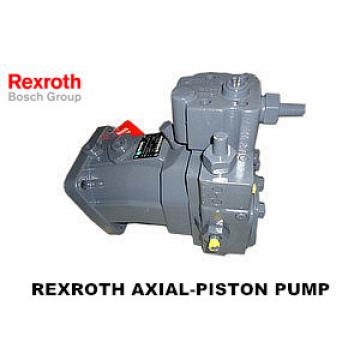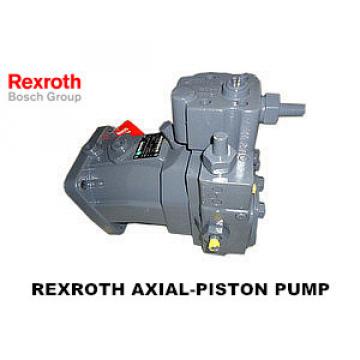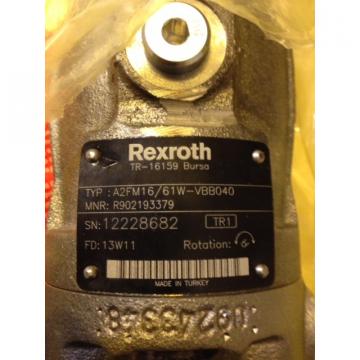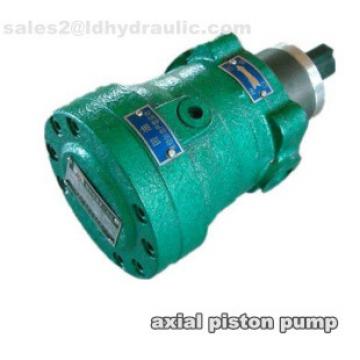Development and prospect of digital hydraulic valve and its valve control system
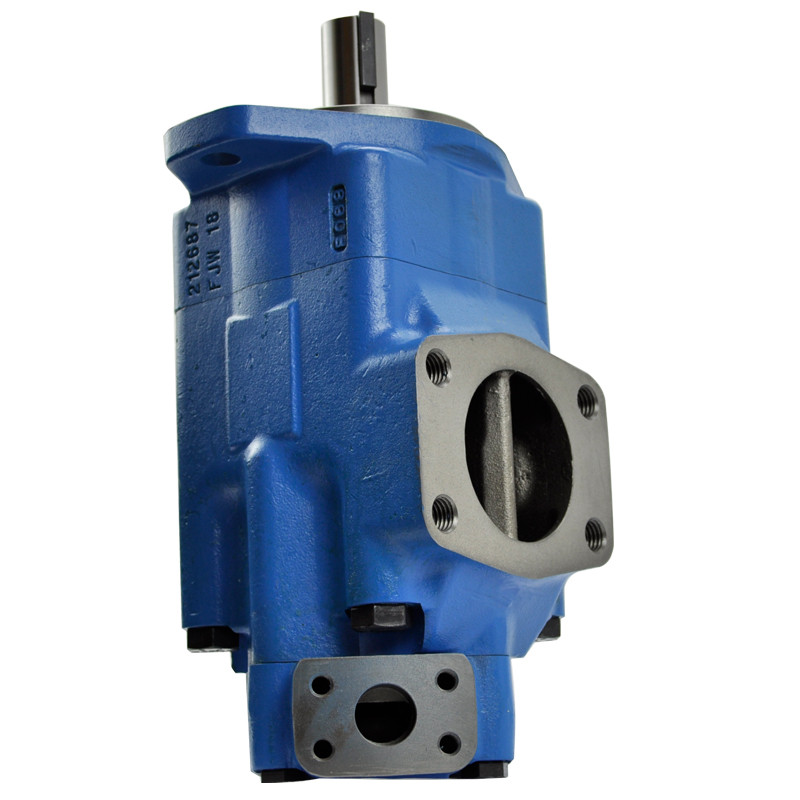
As an important control element in the hydraulic system, the hydraulic valve is responsible for the control function of the entire system. With the development of sensor technology and electronic technology, digital valves have received increasing attention from researchers because of their easier computer control.
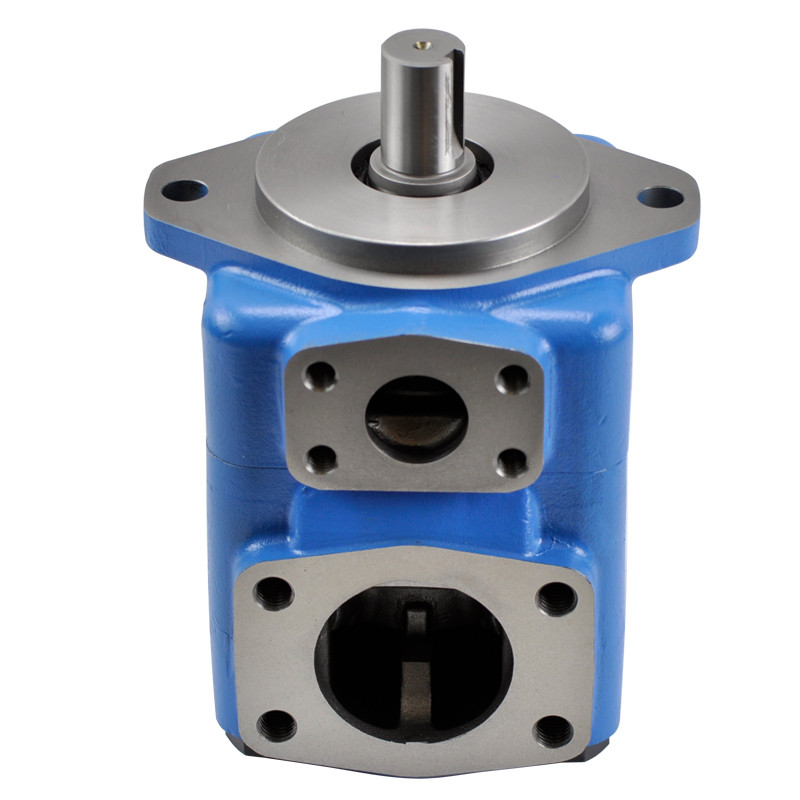
This paper reviews the development history, research status and application fields of digital hydraulic valves at home and abroad. By reviewing the control methods of hydraulic valves, the application of new hydraulic control technology in the field of digital valves is discussed. Taking the programmable valve control unit as an example, the technical characteristics of the generalized digital valve are explained.
Hydraulic transmission has the advantages of large power density ratio, large output force, and easy linear motion, so it is widely used in industrial hydraulics and engineering machinery.
In the 20th century, the rapid development of control theory and engineering practice provided theoretical basis and technical support for the advancement of electro-hydraulic control engineering. With the continuous advancement of microelectronics technology, the integration of microprocessors, electronic power amplifiers, sensors and hydraulic control units has formed a mechanical-electronic-hydraulic integrated product, which not only improves the static dynamic control accuracy of the system, but also improves the accuracy. The degree of system intelligence, reliability and robustness improve the system's ability to adapt to load, environment and its own changes.
In the 21st century, the increase in manpower and energy costs is increasingly demanding modernization and intelligence in industrial production, manufacturing and processing. However, the cost of hydraulic components is much higher than mechanical transmission components. According to statistics, the cost of hydraulic transmission components is as high as 40 to 80 pounds per kilogram, while the average cost of mechanical transmission components is only 15 pounds per kilogram. Another fatal weakness of existing hydraulic components is inefficiency. Although some hydraulic pumps and hydraulic motors can achieve more than 97% efficiency, the utilization efficiency at the load end is not high, and a large amount of energy is consumed by throttling or overflow. In the excavator system, even 80% of the energy dissipation is in the hydraulic system.
Cruel market competition and real demand indicate that hydraulic transmissions must develop and promote more efficient and lower-cost hydraulic components and hydraulic systems if they want to survive. Therefore, in the field of industry and research, researchers have proposed new research directions such as electro-hydraulic flow matching system, load port independent control system, secondary regulation system, hybrid system, hydraulic transformer and new hydraulic pump and hydraulic valve.
As the most important control element in the hydraulic system, the hydraulic valve is responsible for the control function of the whole system. It is the most sensitive component and often the most expensive hydraulic component. The application of numerical simulation, dynamic response analysis, linear or nonlinear modeling has made great progress in the design and manufacturing of hydraulic valves.
The emergence of digital valves is the most typical representative of the development of hydraulic valve technology, which greatly improves the flexibility of control, directly interfaces with the computer, does not require D/A conversion components, is relatively easy to machine, low cost, low power consumption, and Not sensitive to oil.
Domestic scholars have been studying digital hydraulic components and systems since the 1980s. Some researchers believe that digital hydraulic technology directly digitizes hydraulic terminal actuators by accepting pulse signals from digital controllers and pulse signals from computers. The hydraulic technology of the work, the control is also returned to the power, and the digital power amplification is left to the hydraulic pressure.
From the above mainstream point of view, the digital valve can be attributed to a narrow digital valve (the view of Tampere University of Technology) and a generalized digital valve. Accordingly, the hydraulic component has a hydraulic component with a discrete flow or discrete control signal, referred to as a digital hydraulic component, and a hydraulic system having the characteristics of a digital hydraulic component is referred to as a digital hydraulic system.
Related Products
